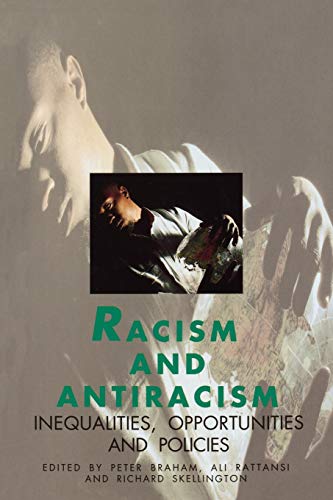Racism and Antiracism
no information available
What is the nature of racial disadvantage in contemporary Britain and how have the patterns of discrimination changed in the last twenty years? Where do black and Asian women stand in the structures of racial and class inequality? How do forms of institutional racism continue to discriminate against black and Asian minorities in immigration law, housing, employment, training, and the criminal justice system? The contributors of this timely volume delve into the world of racism and anti-racism in contemporary Britain and attempt to pull up plausible answers and solutions to these thought-provoking questions. They examine the nature and extent of racial discrimination, and the successes and failures of equal opportunities programs. They provide the context for a critical discussion of the formulation, implementation, and outcomes of equal opportunity policies in the local state and private sector. They investigate both "liberal" and "radical" approaches, and then analyze the political and ideological thesis that influence how issues are defined and support is mobilized. And they highlight the shortcomings of current legislation. Racism and Anti-Racism waters the political and ideological soil for new equal opportunity programs to sprout, with continued success. Although rooted in British soil, the volume also addresses issues and problems common in the Western world. Provocative reading for practitioners, professors and students of racism and race relations, sociology, social policy, and politics. "This [book] provides detailed accounts of institutional racism and its manifestation in areas like immigration law, housing, social work, and employment. It also provides a sensitive and reflective account of the social disadvantage of racialised minorities and how change in Britain is relatively slow to come about in this area. . . . Particularly good use is made of concrete examples of disadvantage experienced by black and Asian women, especially the elderly, and their vulnerability is highlighted in considerable detail." --British Educational Research Journal ... Read more Read less











